CONNECTING THE DOTS: 25 Years of Interreg NPA Cooperation celebrated in Bodø
The Interreg Northern Periphery and Arctic Programme marked its 25th anniversary with a two-day conference, CONNECTING THE DOTS, held on 1–2 October 2025 in Bodø, Norway. The event brought together over 200 participants from across the programme area and beyond to celebrate achievements, explore future cooperation, and launch the 6th Call for Projects.
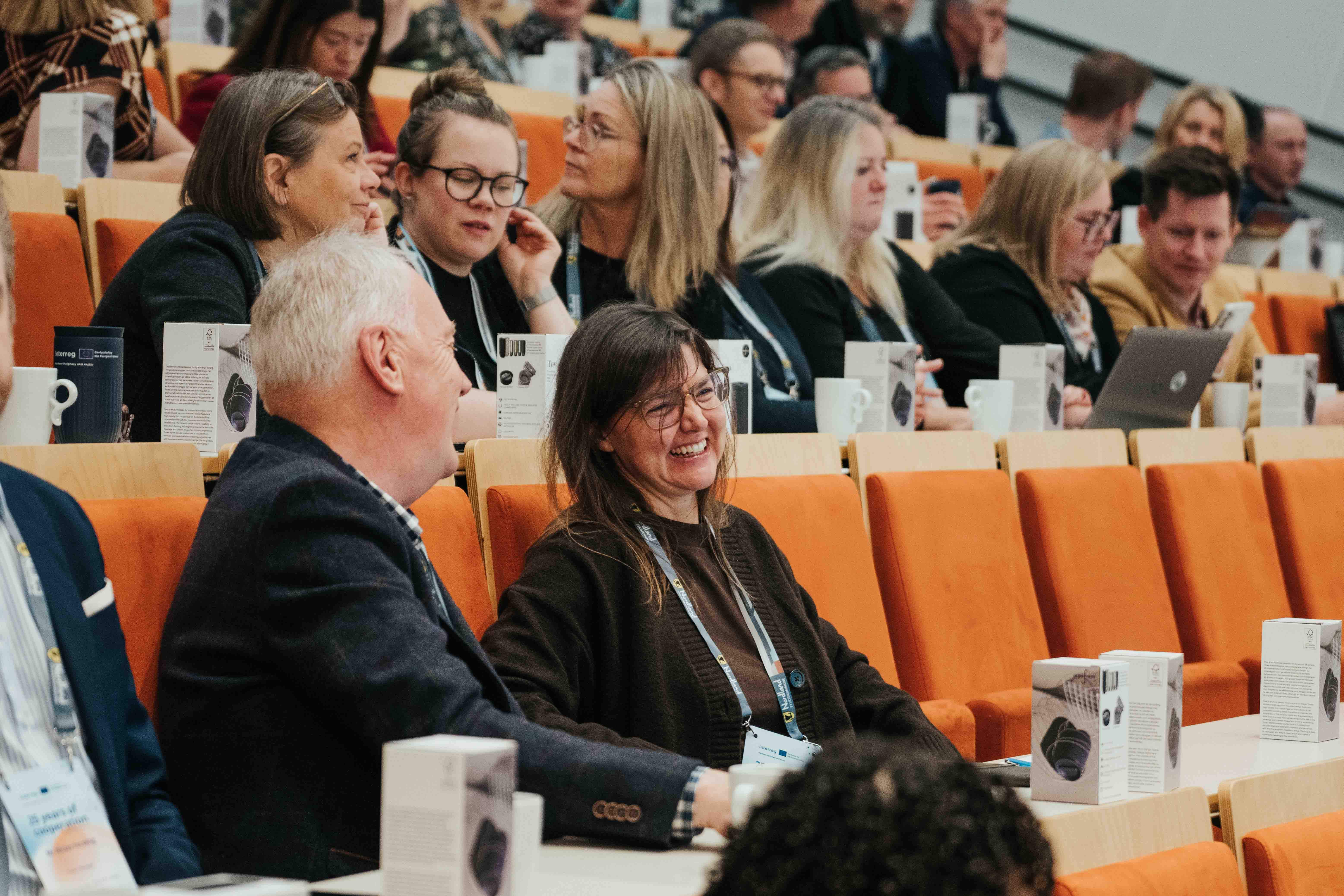
Setting the stage with Interreg cooperation day
The celebrations began on 30 September with a welcome reception at the Stormen Library, opened by Nordland Fylkeskommune. In his address, representatives from the regional authority highlighted how European cooperation programmes like Interreg NPA have supported Nordland in realising its regional vision for innovation, resilience, and sustainability.
Interreg cooperation has helped us transform ideas into real action — connecting local ambitions with international expertise and long-term partnerships
Noted Mr Svein Øien Eggesvik, Chair of the Nordland County Government.
In the spirit of Interreg Cooperation Day, all guests also took part in repairing the interreg photo family album, a collective memory game, revisiting key milestones and shared experiences from the Interreg NPA’s 25-year journey. The interactive activity brought participants together across programme generations and project stories — a fitting start to a conference dedicated to “Connecting the dots.”
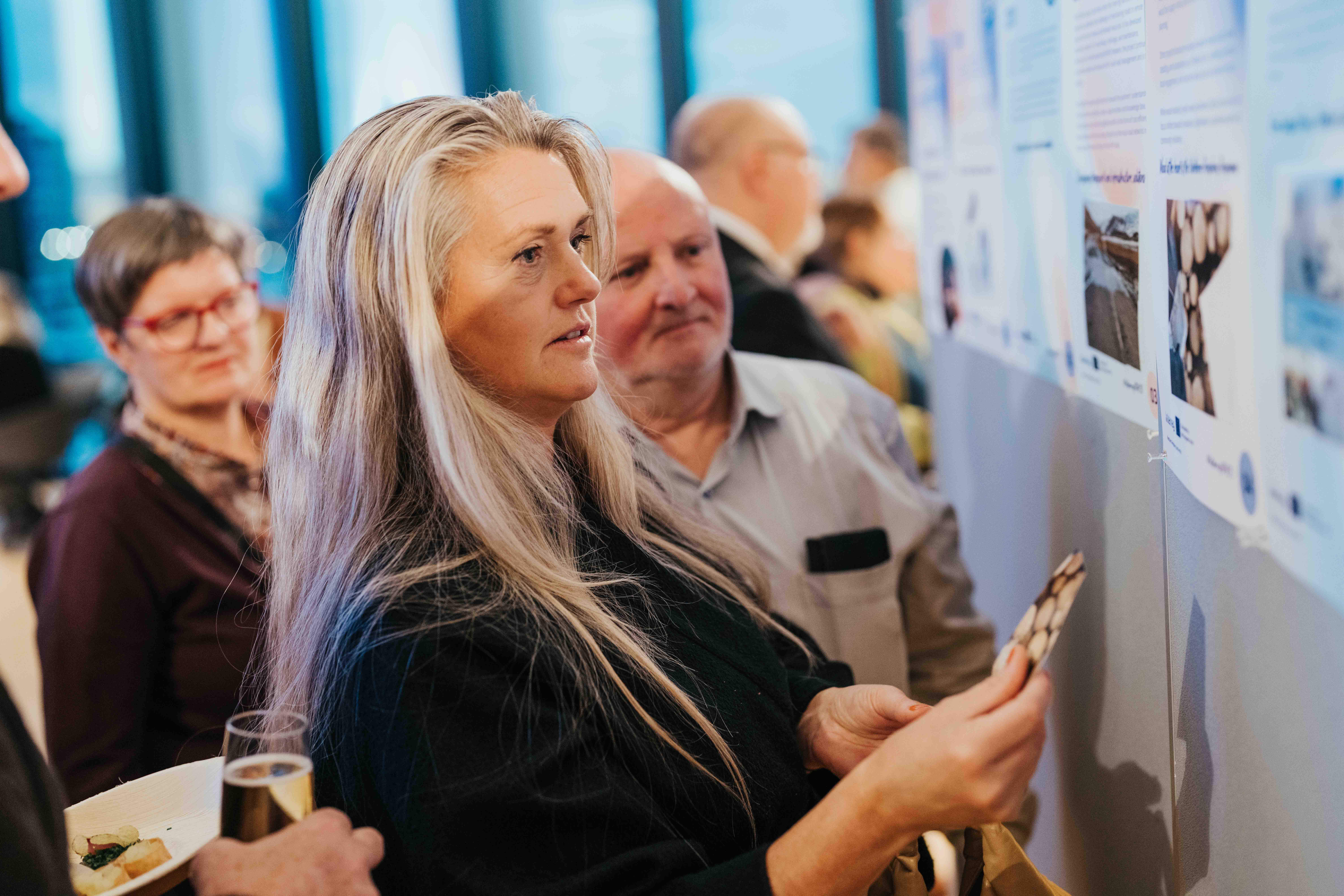
The Building blocks
CONNECTING THE DOTS Day 1 was opened by Minister Bjørnar Selnes Skjæran, Norway’s Minister of Local Government and Regional Development, who highlighted the Government’s new High North Strategy: “The Government aims to build strong local communities where people want to live. We also want to strengthen our national security and preparedness. Thriving and strong communities in the north make all of Norway stronger.”
Emphasising the importance of cooperation across borders, he added:
In these uncertain times, I see Nordic and European cooperation more important than ever. Interreg NPA is highly valued in the region and has produced good results. The Government will continue to support participation in Interreg and local development in the High North.
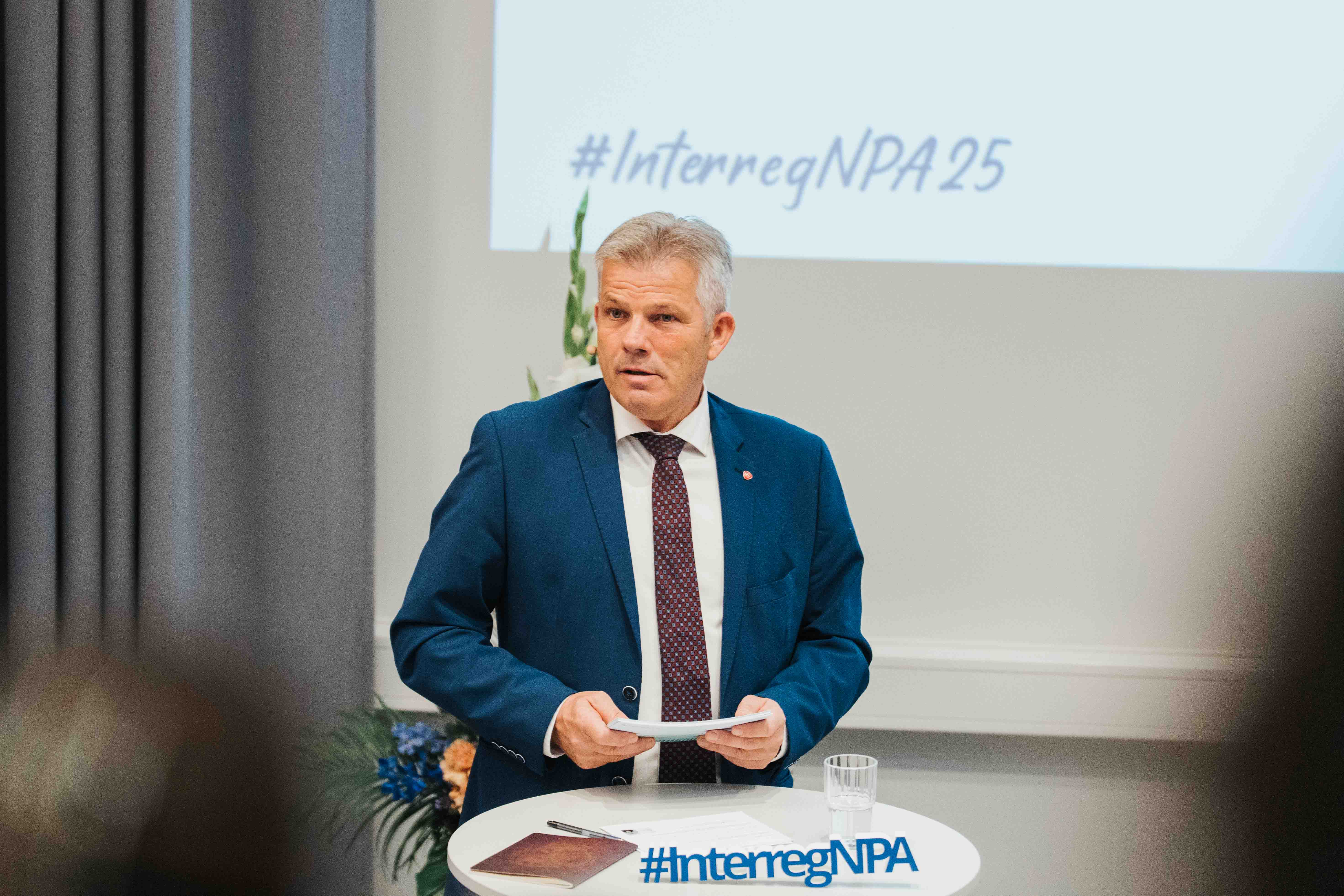
The day’s sessions traced the roots and evolution of Interreg NPA, showcased the impact of 25 years of cooperation, and culminated in the launch of the 6th Call for Projects, welcoming in particular projects in the areas of:
- Climate change adaptation and risk management;
- Nature and biodiversity protection;
- Energy transition, renewable energy, and efficiency solutions suitable for cold climates and remote communities.
Participants also explored inspiring project sessions and site visits — from crisis management training at Nord University to a virtual reality journey through 1,000 years of Sámi landscapes at the Gaskelaante exhibition.
A Dialogue About the Future
CONNECTING THE DOTS second day was opened with a beautiful performance by young musician Miriam Reiss, who captivated the audience with an original song of her own composition.
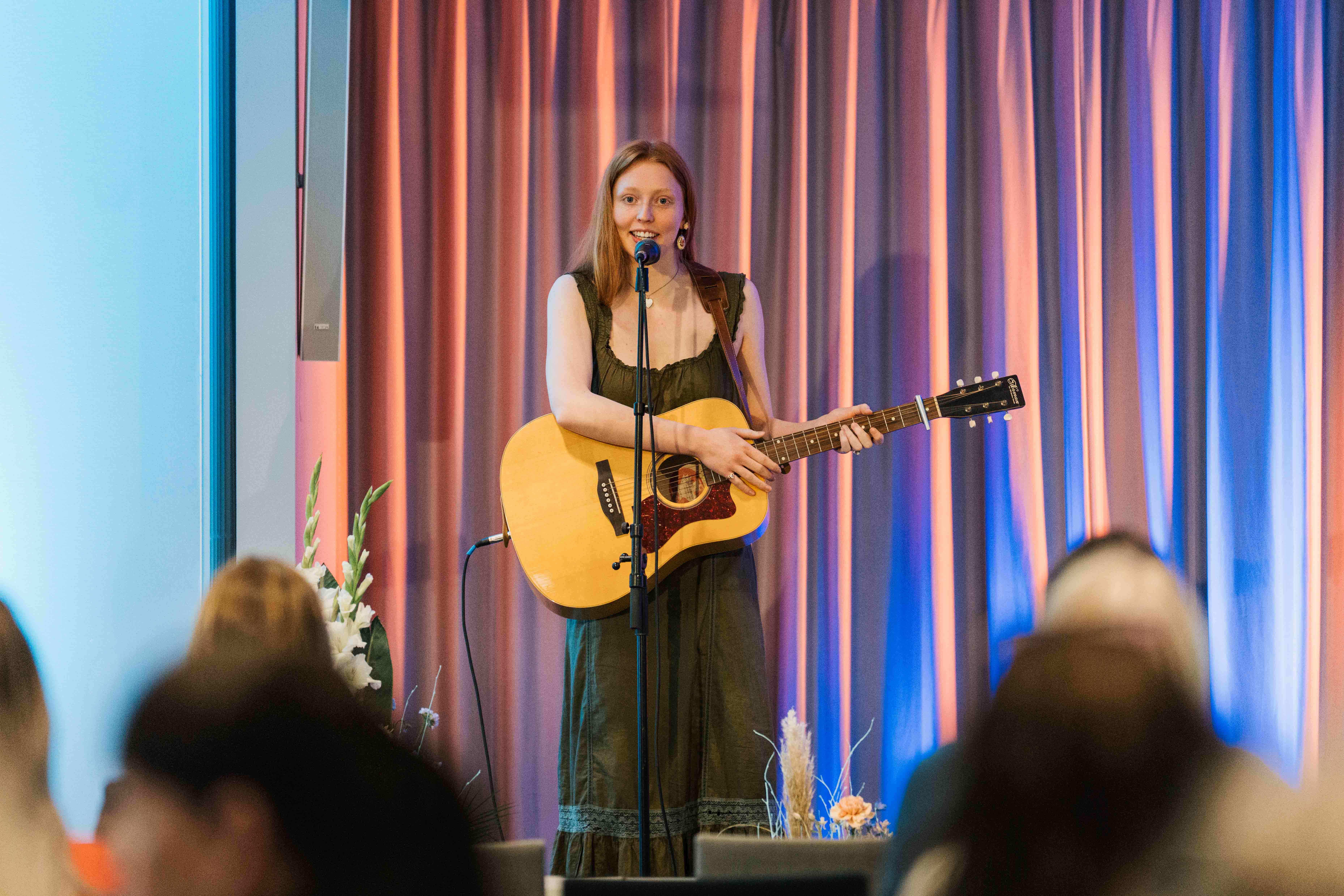
Claude Véron-Réville, the EU’s Special Envoy for Arctic Matters, set the stage with reflections on the EU Arctic Policy and its connection to future cooperation: “The Arctic is not just a peripheral issue for Europe. It is a region where the EU has both a responsibility and a clear interest to act. Over the years, the European Union has built an Arctic policy that seeks a safe, stable, sustainable, and prosperous Arctic — and that means strengthening cooperation with our like-minded partners.”
Special Envoy Véron-Réville also underlined the essential role of EU Cohesion Policy and Interreg NPA in supporting the North:
In the northern sparsely populated areas, Cohesion Policy has been a true lifeline — helping communities remain connected, resilient, and competitive. This is where Interreg and programmes like Interreg NPA truly make Europe visible on the ground.
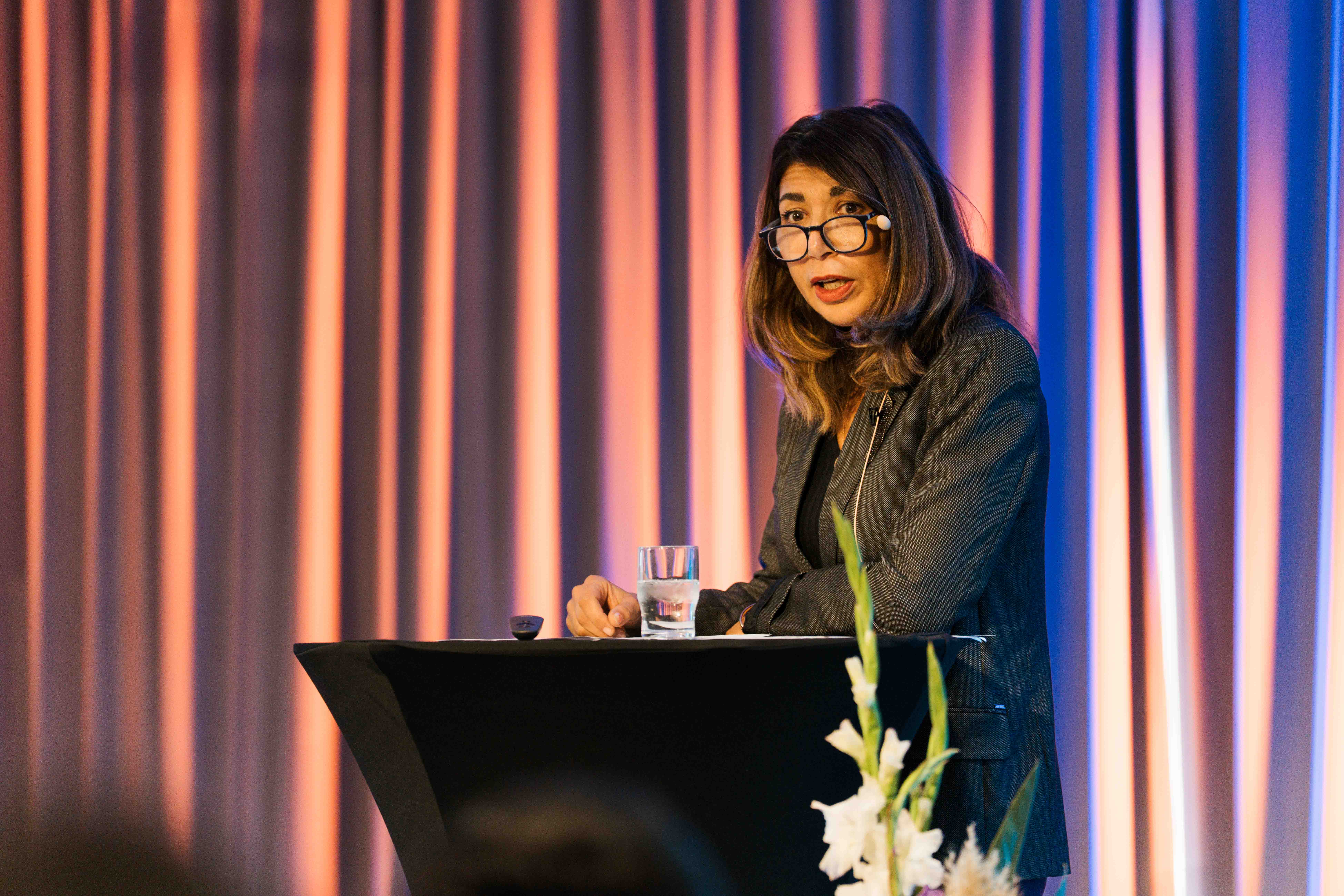
From ideas to concrete results
Over the two days, participants immersed themselves in a rich programme of Interreg NPA project-led thematic sessions that illustrated how cooperation translates into tangible results across the Northern Periphery and Arctic.
On Day 1 – the sessions highlighted 25 years of innovation and resilience, from tackling marine plastic pollution and advancing digital transformation in public services, to promoting responsible tourism, social entrepreneurship, and energy efficiency. These projects showcased how small-scale pilot actions have matured into long-term regional strategies.
On Day 2 – Dialogue about the Future, the focus shifted toward emerging trends and future cooperation, with sessions exploring youth engagement in Arctic development, AI and IoT for sustainability, creative co-design through digital tools, and urban-regional collaboration in the Arctic. Together, these discussions underscored the programme’s enduring commitment to turning transnational collaboration into concrete, community-driven change.
More information about the individual sessions can be found further below and on the news pages of our website.
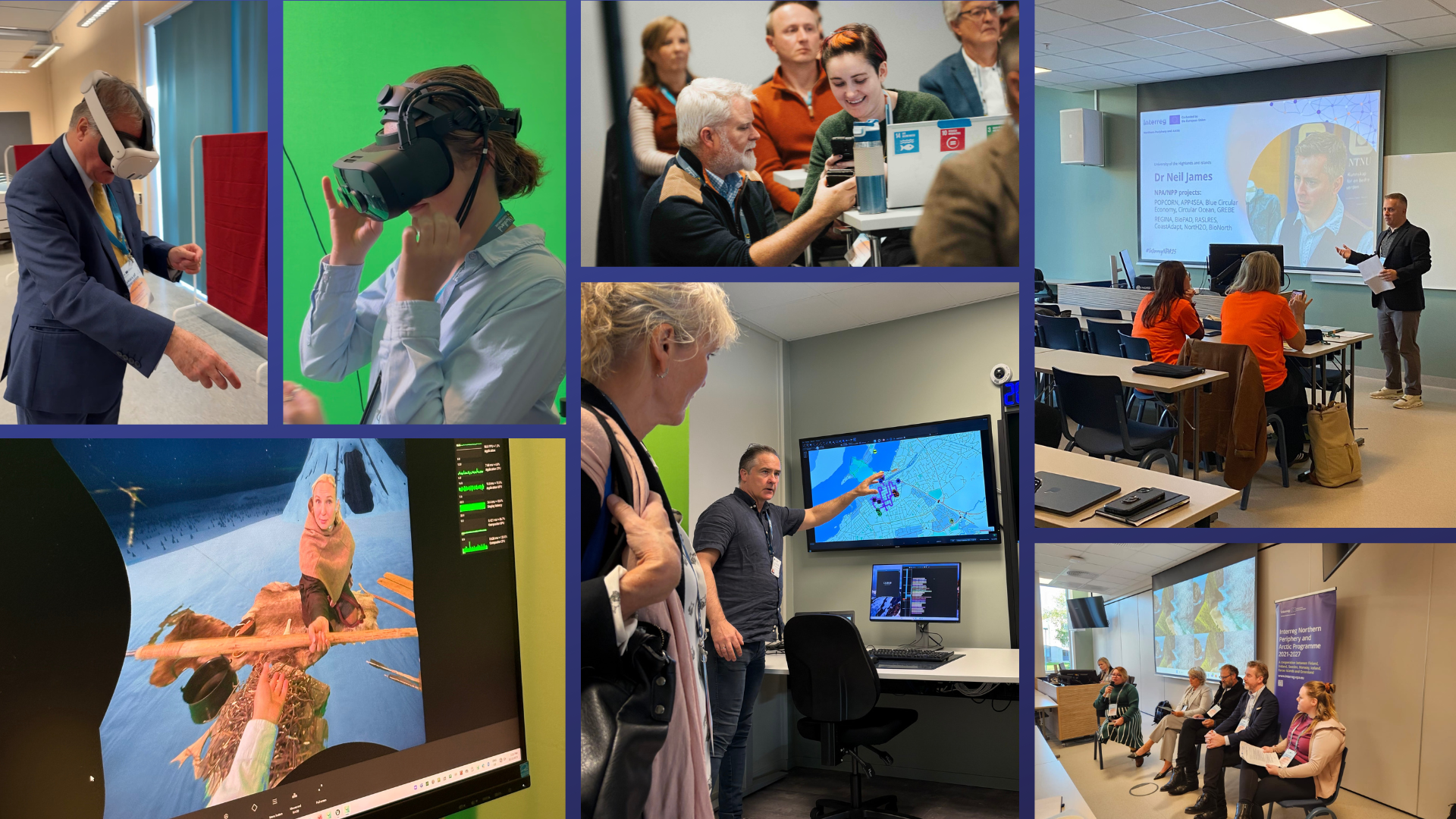
How does cooperation in the NPA moves on from here?
In the closing panel discussion, representatives from NORA (Director Halla Nolsøe Poulsen), the Northern Sparsely Populated Areas network (Director Nils Kristian Sørheim Nilsen), the Arctic Youth Network (Advisor Daria Makhotina Gudnason), and regional representatives from Ireland (Travis O'Doherty, Northern Western Regional Assembly), Finland (Pia Pitkänen, Senior Advisor, Regional Council of North Karelia) and Greenland (Gomr Vold, Nalik Ventures) reflected on lessons and future directions.
Panellists highlighted the need for continuity, inclusivity, and stronger youth and indigenous participation. "The project team is more important than the project idea" noted Daria Makhotina Gudnason, underlining the human foundation of successful cooperation. Pia Pitkänen added that:
Interreg NPA projects stand out because they are practical and rooted in real needs.
While Nils Kristian Sørheim Nilsen, stressed that "Blue economy, sustainable tourism, and housing are shared priorities across our northern regions".
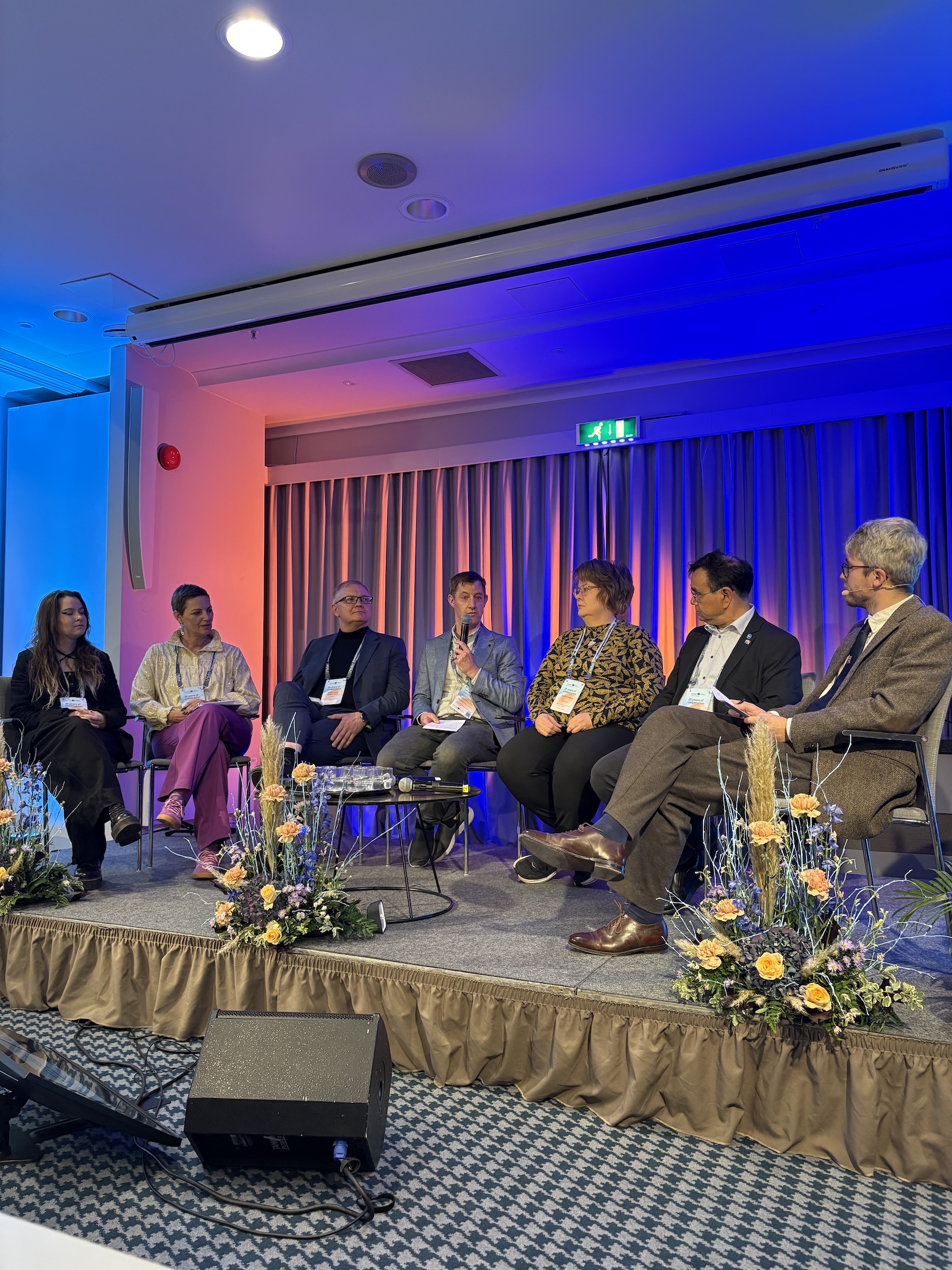
As the programme looks toward the next funding period, the conference reaffirmed that territorial cooperation remains a vital tool of the European Cohesion policy for building sustainable, innovative, and connected communities across Europe’s northern and Arctic regions.
The Interreg NPA Awards
This unique anniversary conference was the opportunity to celebrate the first ever Interreg NPA Awards, where NPA Awards were presented to projects across the region.
These awards honour the projects and people who have gone above and beyond, showing how cooperation across borders makes our region stronger, more resilient, and more connected
said Kirsti Mijnhijmer, Head of Secretariat, Interreg NPA.
While each award recognised a specific initiative, the celebration was, above all, a tribute to the entire NPA community— the people, partnerships, and ideas that have shaped 25 years of shared progress.
Almost 40 projects were recognised across 10 different categories: Building Solidarity, Delivering Change, Achieving Synergies, Emerging Trends, Sustainable and Inclusive Use of Resources, Sustainable Tourism, Attracting people and Skills, Reaching Critical Mass, Reimagining Cultural Heritage and Peripheral Opportunities.
View the Interreg NPA Award gallery and read more about the NPA Award winners.
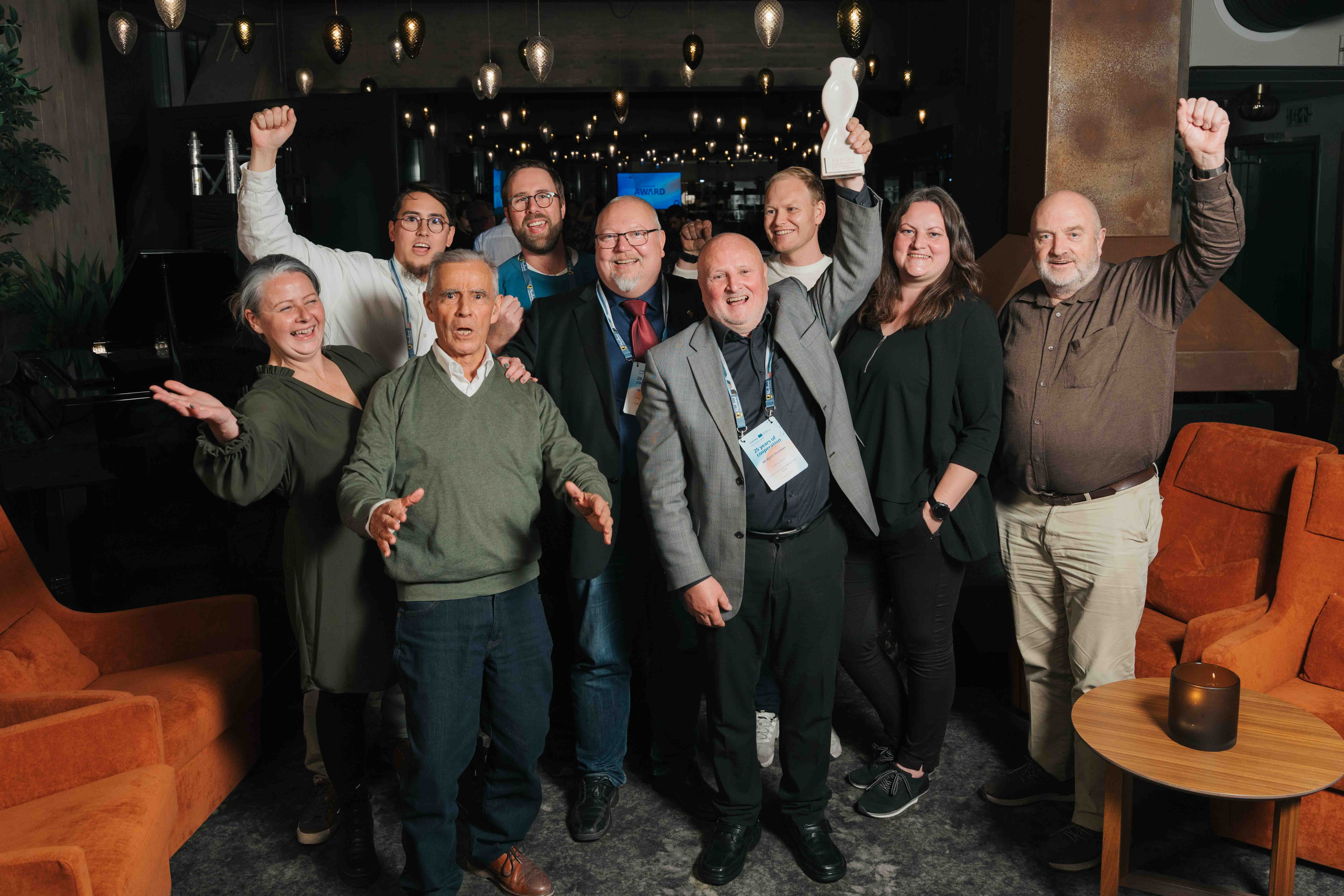
Thank You for Connecting the Dots
Over two days, CONNECTING THE DOTS featured more than 20 project sessions, study visits, and immersive experiences — uniting people, places, and ideas across the Northern Periphery and Arctic.
We hope everyone returns home inspired — with a vision for our future cooperation, and look forward to a continued cooperation.
The Interreg NPA extends heartfelt thanks to all participants for their engagement, and to the projects that led sessions, hosted visits, or offered virtual experiences.
For any additional information, please contact Interreg NPA Communication Manager michela.gaifami@interreg-npa.eu
Photo credits: Interreg NPA - Mariia Filiushina and Christian Lindahl Finstad
Read about the project sessions





